Every country has its “standard set” of sights taking all new visitors to country’s top attractions. If you choose this option, you’ll see lots of interesting things and explore the most popular tourist destinations shoulder to shoulder with other travellers.
When we arrived to Iceland, we decided to take the most popular tourist route called the Golden Circle. This tour shows three sights which are relatively close to each other and can be easily done in 5 or 6 hours. A group tour, as tourist brochures say, will take about 8 or 9 hours. What’s the most incredible thing you may experience in this one-day tour is that you can get totally wet and, at during the same day, you may even get burned. So remember to be very careful and attentive.
Thingvellir National Park (Þingvellir) is the first point of this itinerary and is the closest attraction to Reykjavik. This is the number one National Park of great historical importance for all the Icelandic people. It is located on the banks of the largest Iceland’s lake called Thingvallavatn and it is here, on the moss-covered land, where Althing (Alþingi), the National Parliament of Iceland, was founded in 930. Althing is believed to be the oldest parliament in the world. The statue of Viking Leifur Errikson in Reykjavik was a gift of the American people to Iceland on the occasion of the millennial anniversary of the Parliament of Iceland. In the past, the Parliament made laws and resolved various disputes. Interestingly, some laws adopted in the ancient times are still in operation, e.g. a horse exported from Iceland cannot be brought back even if the horse was transported for participation in a sports competition. It was at Thingvellir where the Icelandic nation voted for the adoption of Christianity in 1000 and the Parliament proclaimed the independence of Iceland in 1944. So, it is hardly too much to say that this is a truly significant place of Iceland’s history.
However that’s not the only thing which makes the park so special. It’s here where tectonic plates border and literally split Iceland into Europe and America. This fissure called Silfra borders the North American and Eurasian lithospheric plates. The plates drift about 7 mm farther apart every year, but even such a tiny distance may bring changes in the Earth’s crust and cause earthquakes and cracks in Iceland.
Walking around the park, you’ll see real cracks, some filled with crystal-clear water coming from various glaciers – very common for Iceland. Such clear water attracts thousands of divers to the Silfra fissure every year. Indeed, where else could you dive in between the huge tectonic plates? Divers can explore many underwater caves which change their shape and depth after every earthquake. Because of the increased seismic activity in Iceland, you can see how the fissure changes every year. There are many footpaths to walk around the park and enjoy its beautiful scenery.
If Thingvellir sank deep into your mind, you can continue exploring it when you get home – there is a live webcam
The next point of the Golden Circle tour is the valley of geysers called Haukadalur. Geysers are a very rare natural phenomenon that can be seen in five countries on our planet: Iceland, USA, Chile, New Zealand, and Russia (Kamchatka Peninsula). Geysers eject boiling water into the air at certain intervals. Some geysers discharge water every 3 to 5 minutes, while the others keep “silent” for many years in between “eruptions”. The largest geysers are found in the Yellowstone National Park, USA.
Icelandic geysers are less “ambitious”, but still are very impressive. When you visit the Haukadalur geothermal field, remember to be very careful and make sure you walk along the paths only – the land around you is really very active, and the risk of falling into a boiling “pot” is quite possible. Despite all warning signs and fences, accidents are reported every year: people get severe burns due to their careless behaviour.
Though the most active, Strokkur is not the largest geyser of the valley. Nevertheless, it is a hallmark of this area. The geyser is always “at work” and entertains tourists who don’t have to wait for its show for a long time. Strokkur erupts once every 3 to 6 minutes up to 40 m high. Water inside the geyser begins “to pulsate” and come back just before the eruption. Finally the geyser ejects vapour and hot water. People always crowd near Strokkur, so you won’t pass it by.
Another geyser, which is the most important among other geysers and called Geysir, is just 40 meters away from Strokkur. This geyser gave its name to all other geysers in the world. It was “born” after a powerful eruption of Hekla volcano in 1294. Looking at this calm and silent puddle, you can hardly believe that it was the most active and highest geyser in Iceland and erupted every 30 minutes. Now its eruptions became infrequent and can be seen very rarely, just a few times a year. However, because of volcanic and seismic activity in this area, the situation may change at any time.
Naturally, if there is the Great Geysir, there should be a little one. That’s just what it is! It looks like a small pit with boiling water. Its appearance is unremarkable and it’s quite safe making it an ideal site to show how eggs can be cooked in a geyser – an unforgettable experience for tourists. A net with chicken eggs is immersed in the Little Geysir and eggs are cooked just in 3 minutes.
Besides the geysers, there are also geothermal fields. They look like pools filled with water. Water changes its colour very often from azure blue to brown. The largest one is called Blesi and consists of two basins which colour is caused by dissolved silica.
Notably, geysers – very common in Iceland – play a very important role in its economy. Icelanders have learned how to produce electricity from hot springs and use geothermal energy to heat their homes. This is a very good eco-friendly approach which reduces consumption of oil products and saves the environment.
A tourist centre and a café are just across the road from the valley of geysers – a good place to take a snack and recover before exploring the last point of the Golden Circle.
If you’re not frozen up in Thingvellir and if you’re very careful while walking around the geothermal fields between the Geysirs, it’s time to put on your hood and experience the place where you’ll get wet with thousands of water drops. We’re heading to a waterfall called Gullfoss. It is located in the canyon of the Hvítá River which flows from the second largest glacier in Iceland –Langjökull. Gullfoss means Golden Falls in English. Honestly speaking, we didn’t see any “golden” in it but must admit – it’s really a very unusual and amazingly beautiful waterfall showing several rainbows at a time. The first interesting thing is that water falls down in two cascades, one perpendicular to the other at an angle of 90 degrees, a common feature for rock waterfalls. Water falls down from the top at a rate of 130 m3 per second. Although these figures are impressive, this waterfall isn’t the most powerful in Europe – it comes second after Dettifoss located in the north-east of Iceland.
Another interesting fact is that Gullfoss brought heated disputes twice: there was an idea to use this beautiful wonder of nature as a source of money for investors who attempted to build a hydroelectric power plant on the waterfall in 1920 and 1977. Both projects could have affected the beauty of the waterfall. However, in both cases, the waterfall was defended by a local community who took incredible efforts to protect Gullfoss and defend its right to live its own life. There is even a story about Sigríður Tómasdóttir, a fearless Icelandic girl who promised to throw herself in the waterfall if someone dared to harm Gullfoss. Although some would argue that this might be a local legend, people fixed a plate in sincere appreciation of her courage. Today Gullfoss is protected by the Government of Iceland and will be intact.
Many people visiting Iceland for a few days have time to see the Golden Circle only and are absolutely excited about their experience in Iceland. But other corners of Iceland would bring more incredible impressions if you decide to explore them. We saw it ourselves and would be happy to share our experience in our next stories.

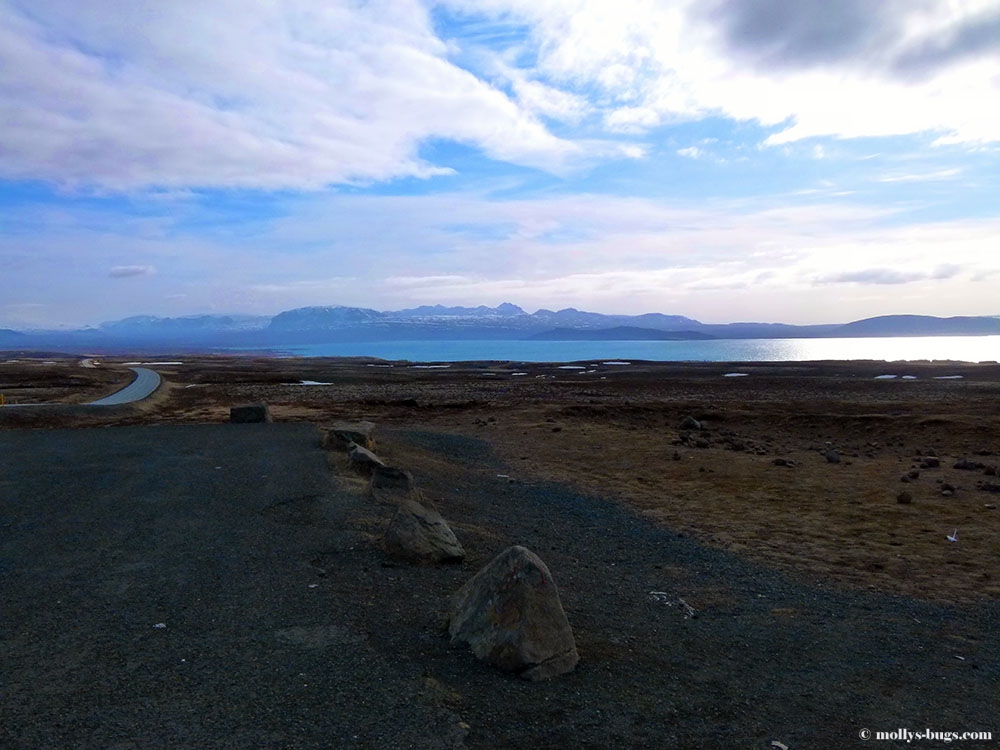
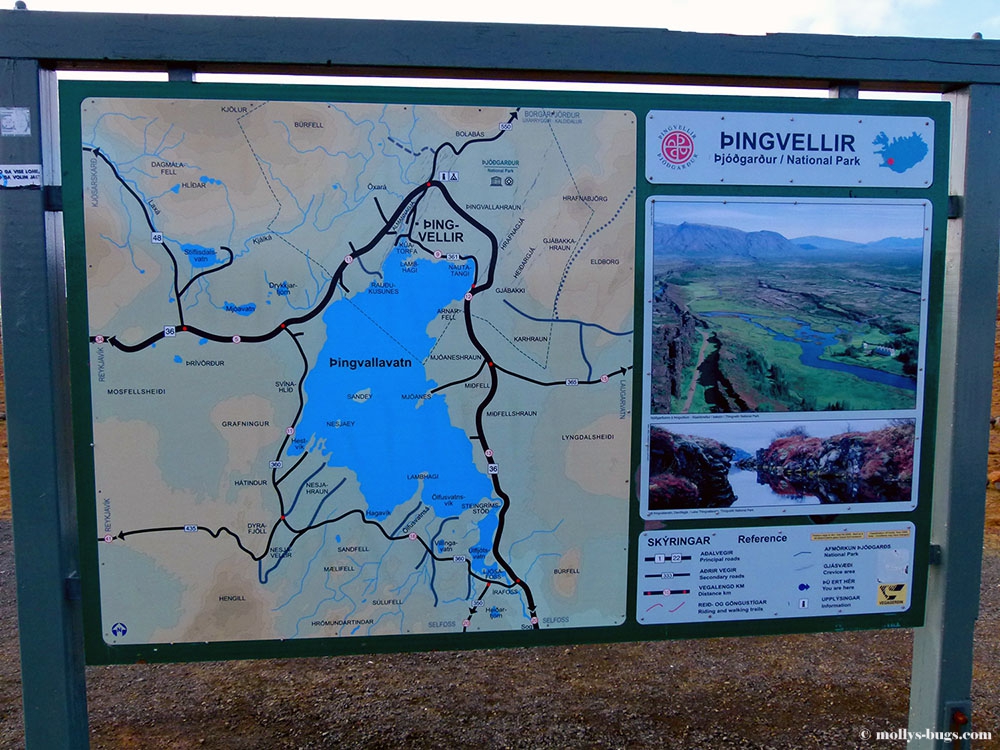
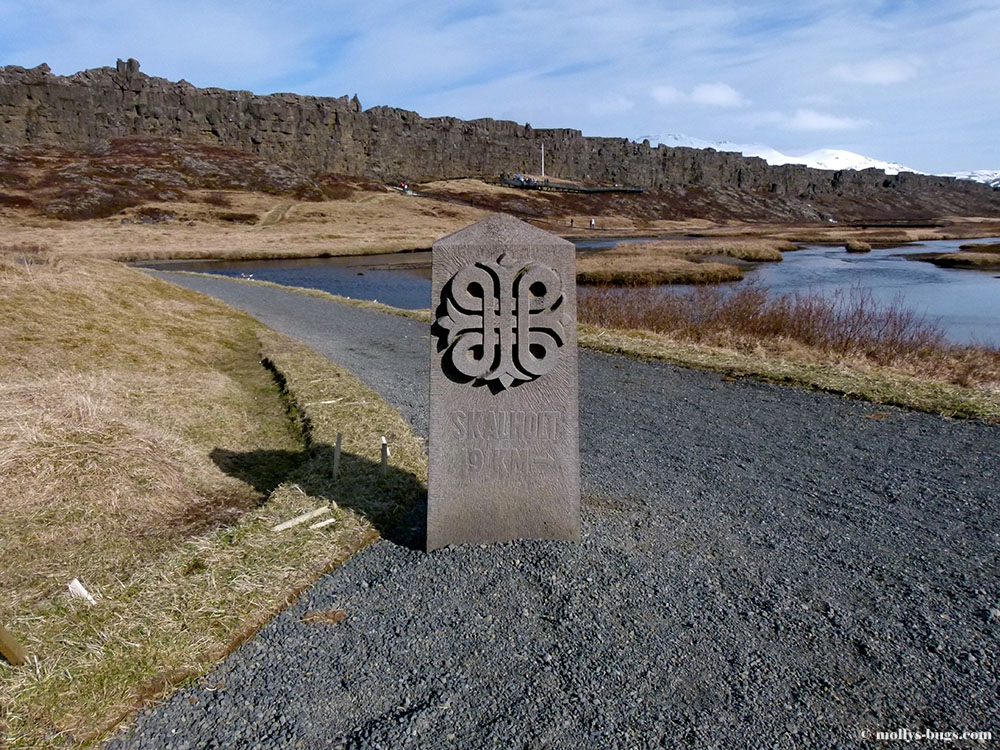
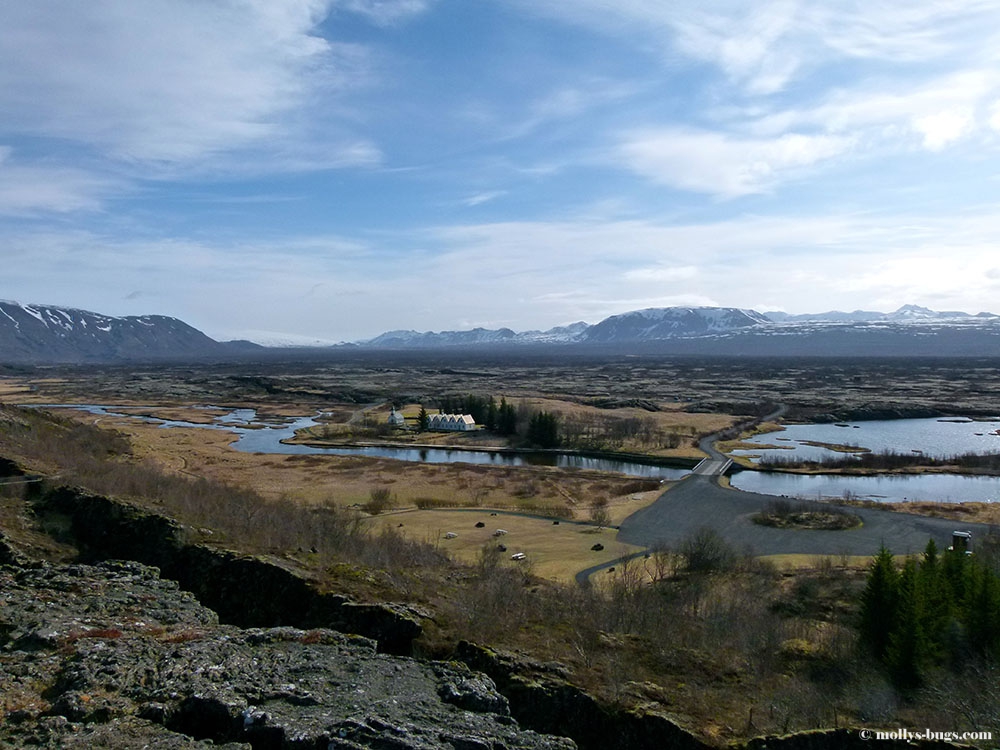
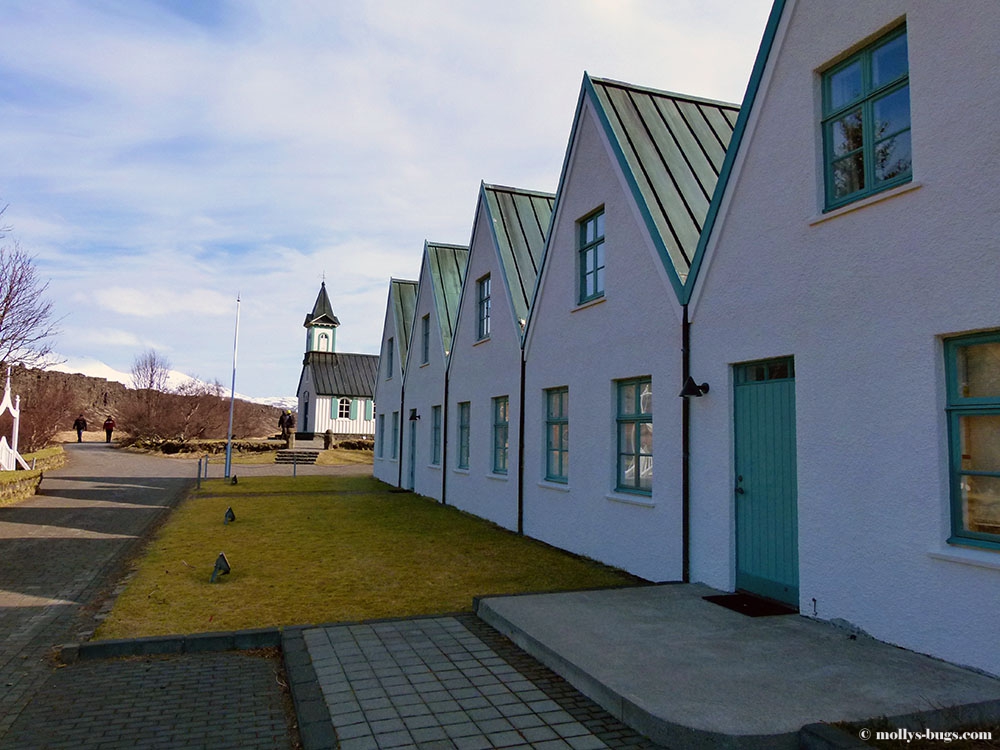
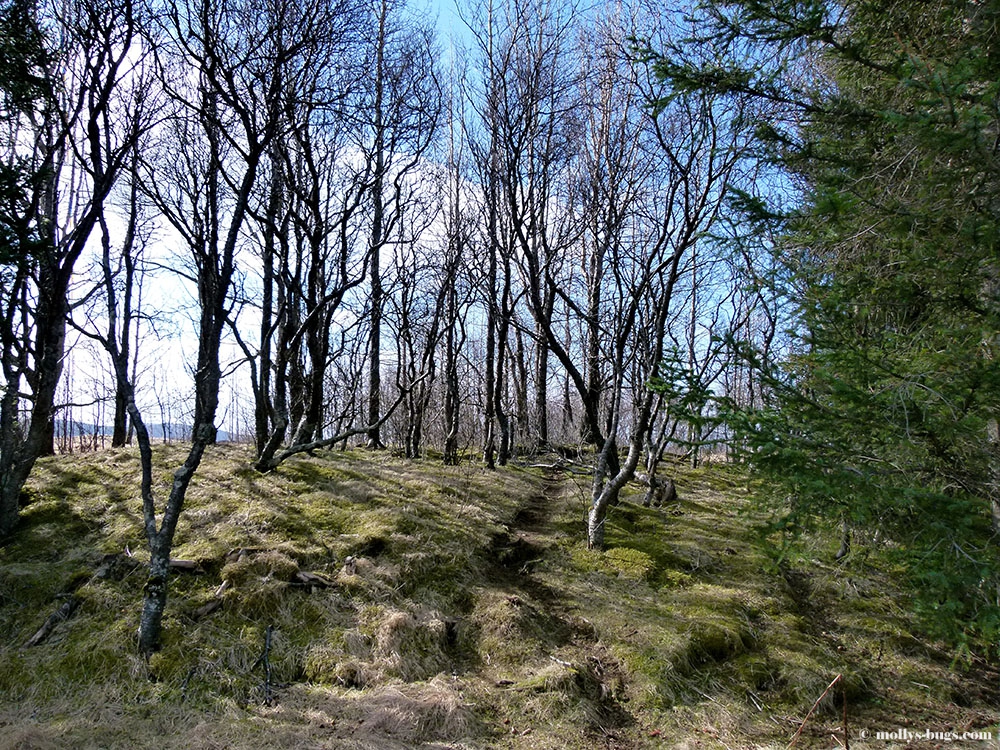
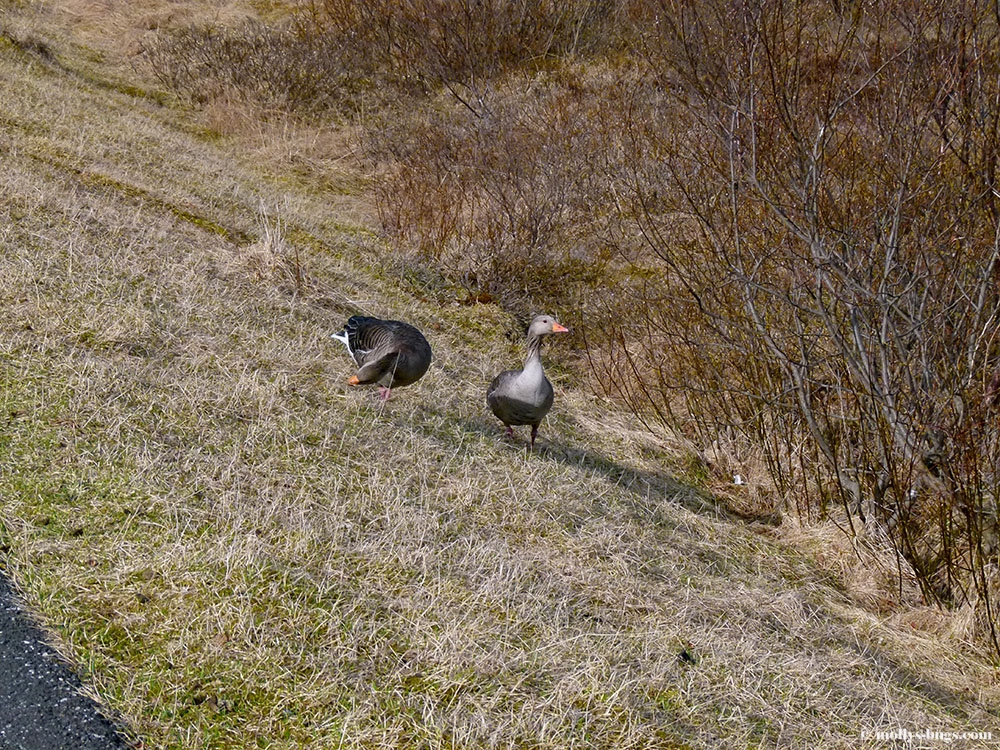
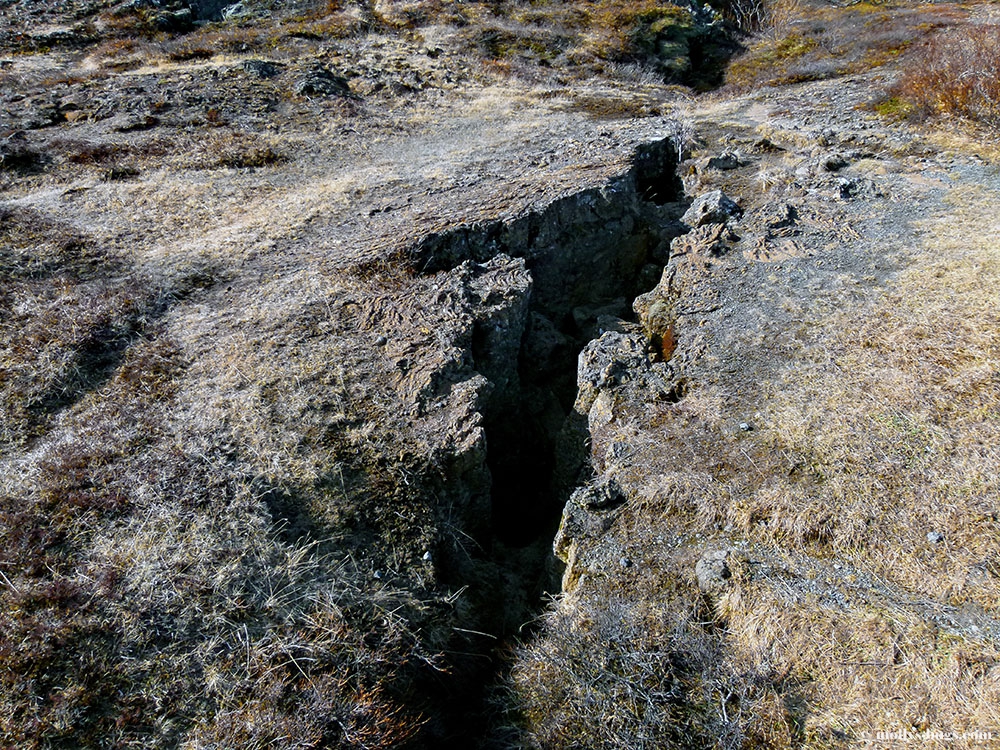
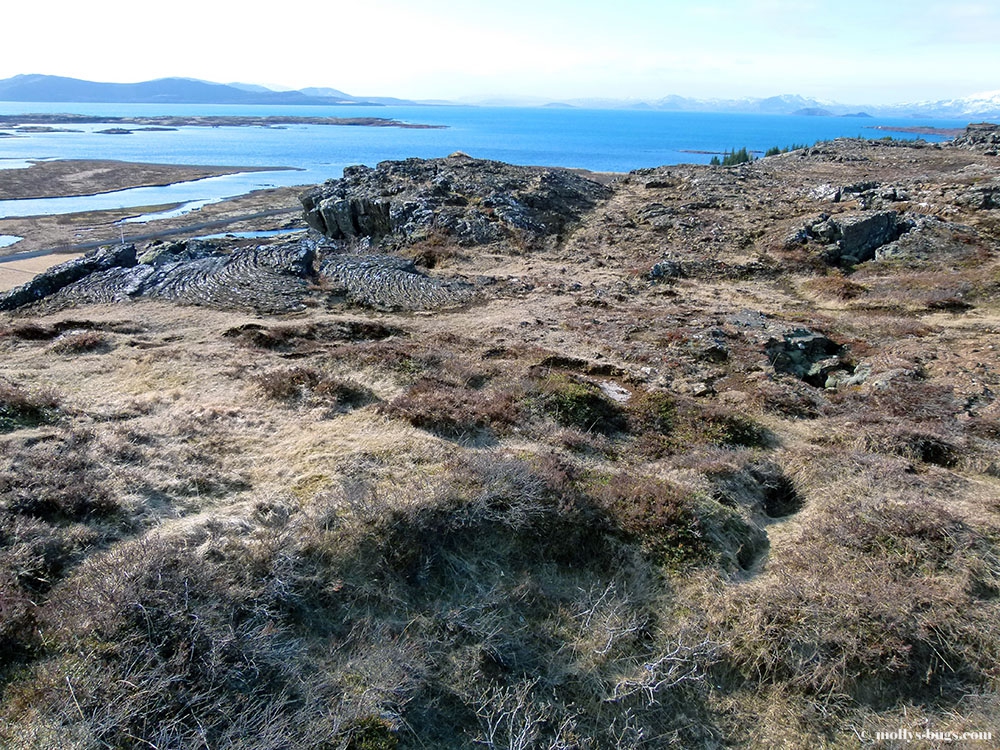
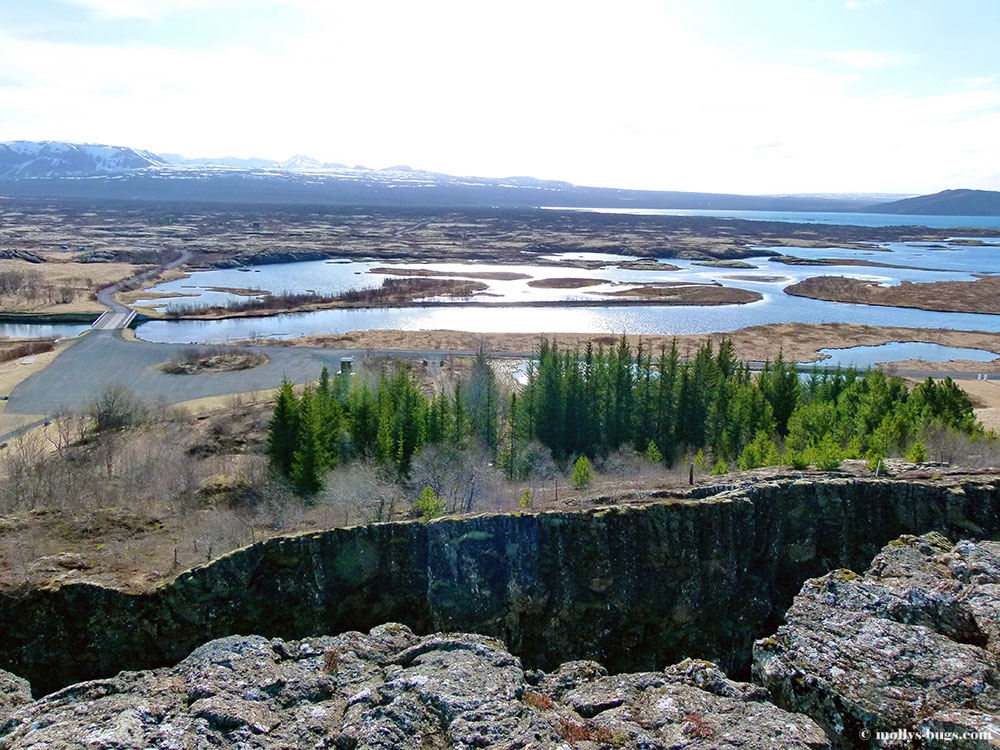
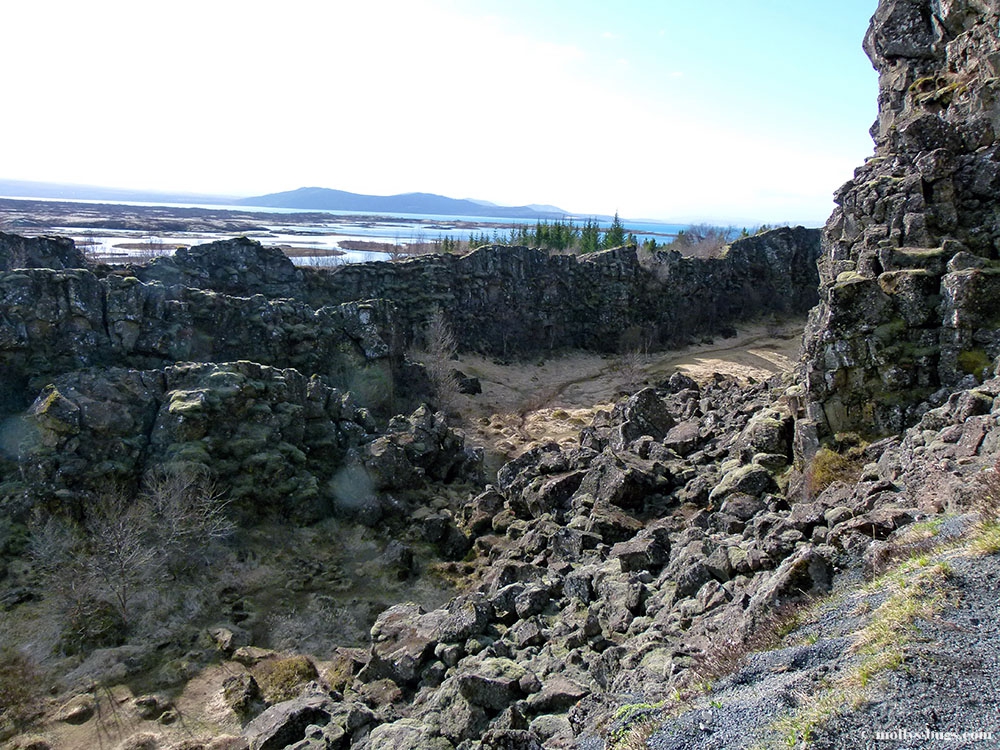
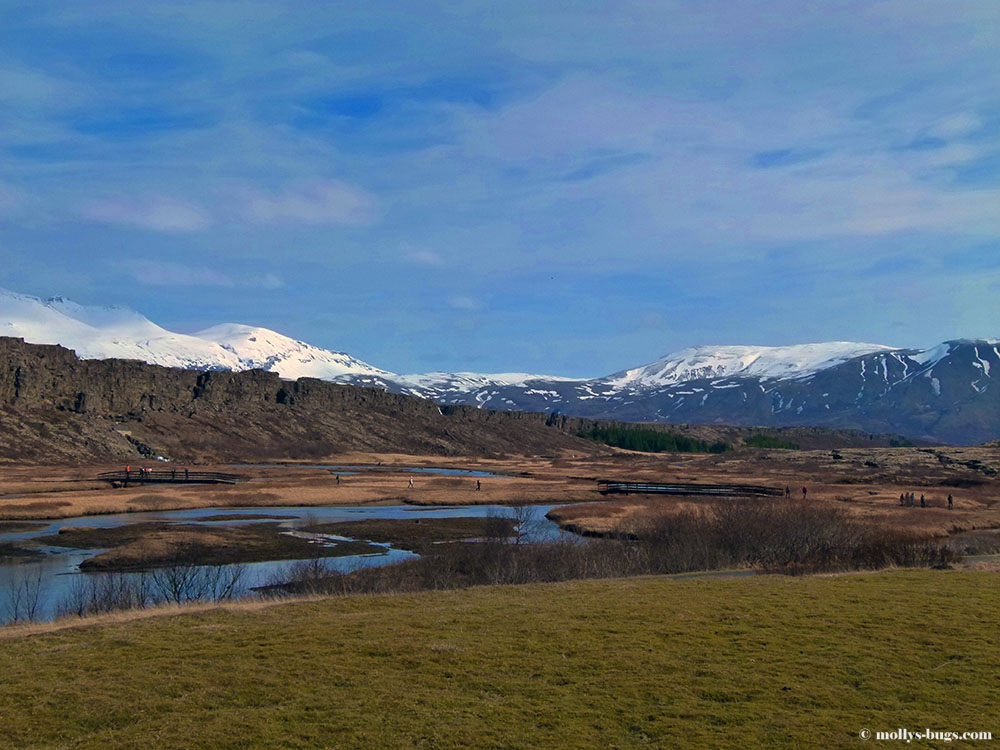
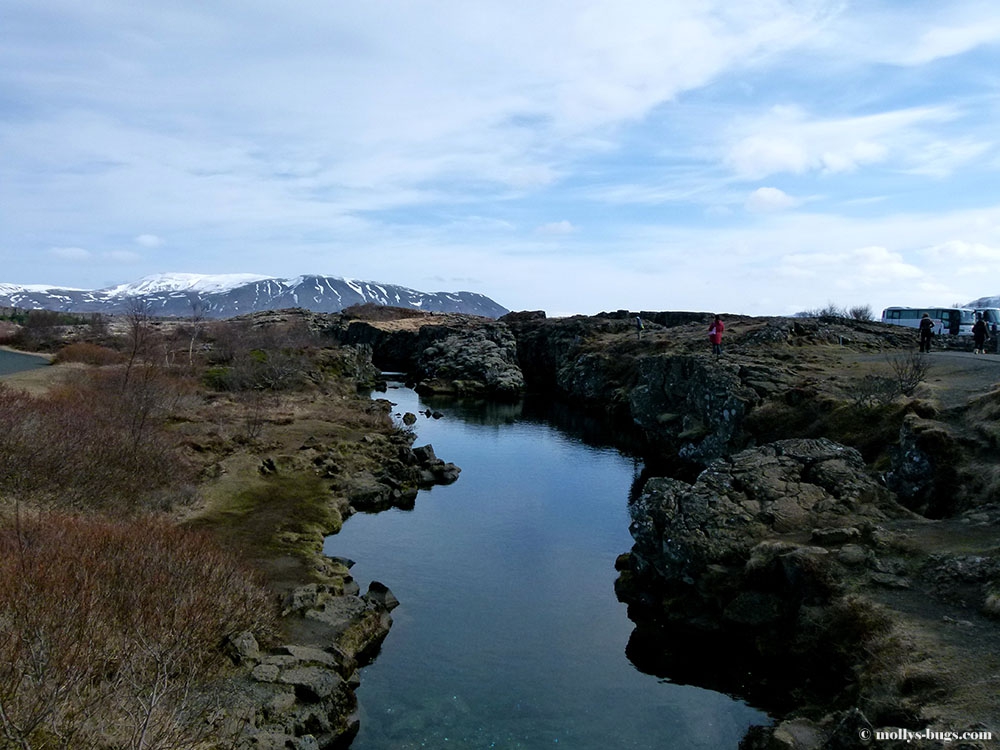
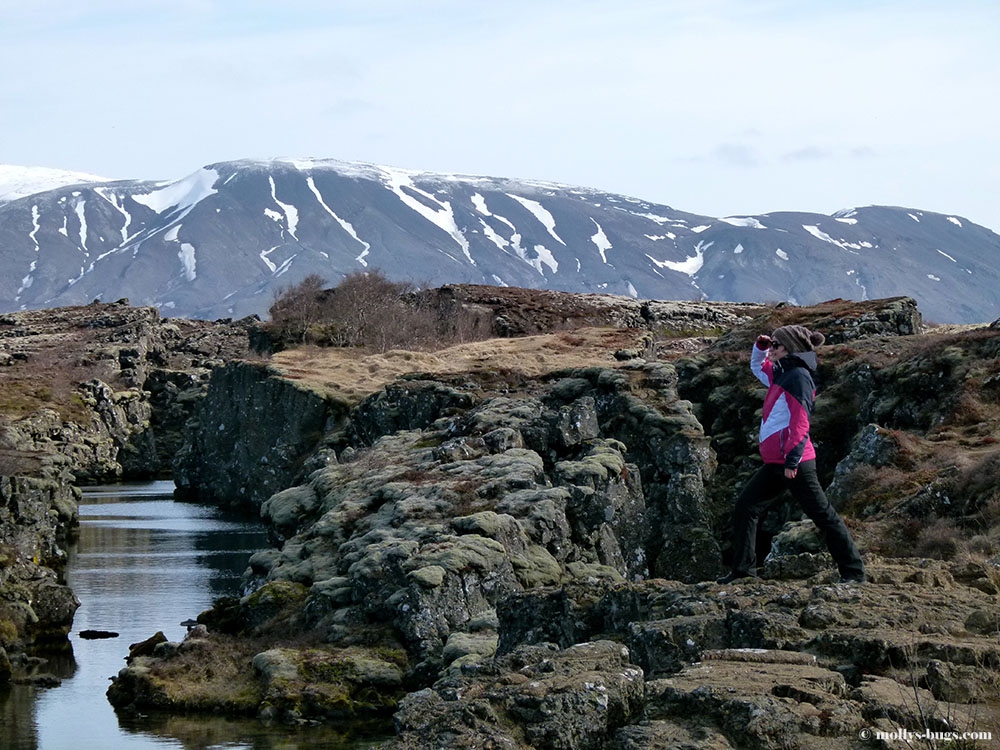
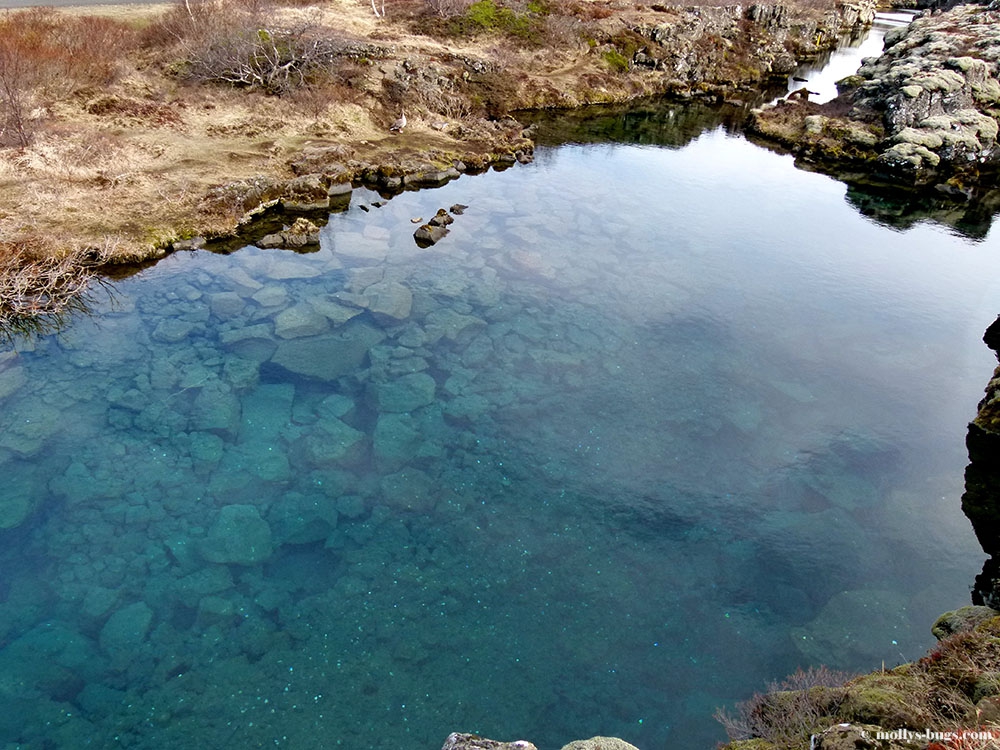
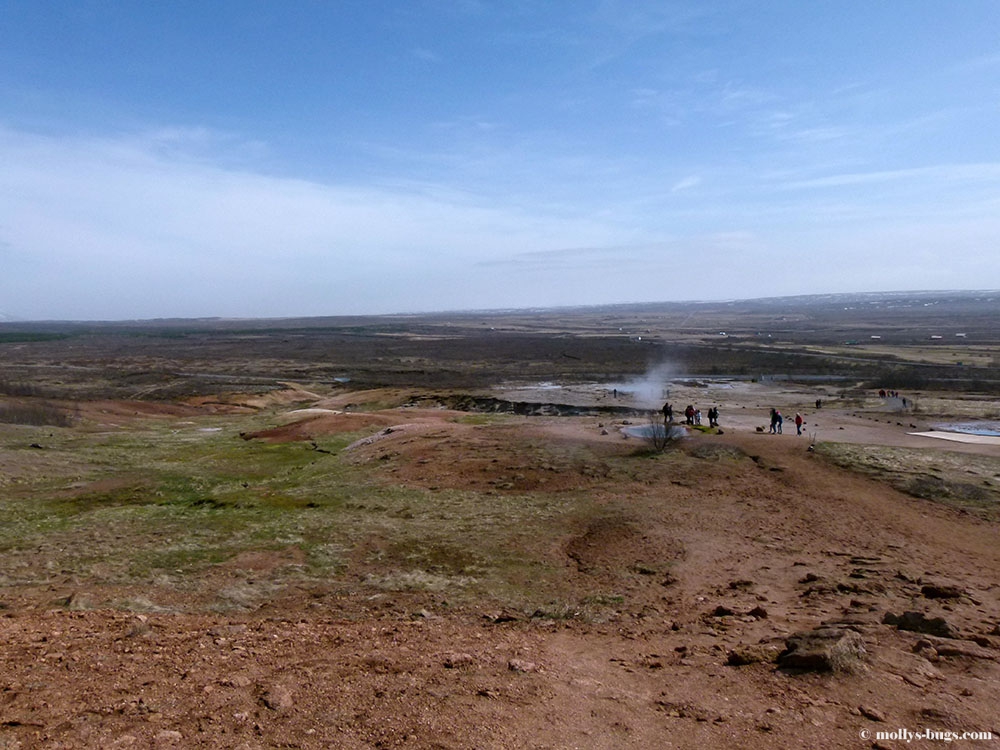
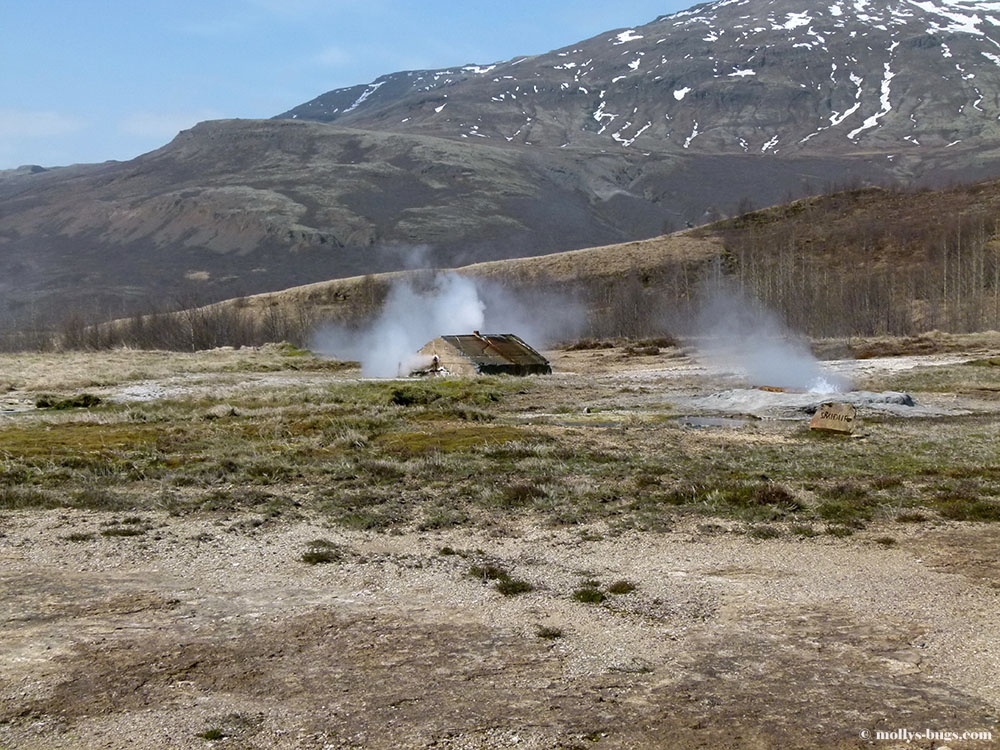
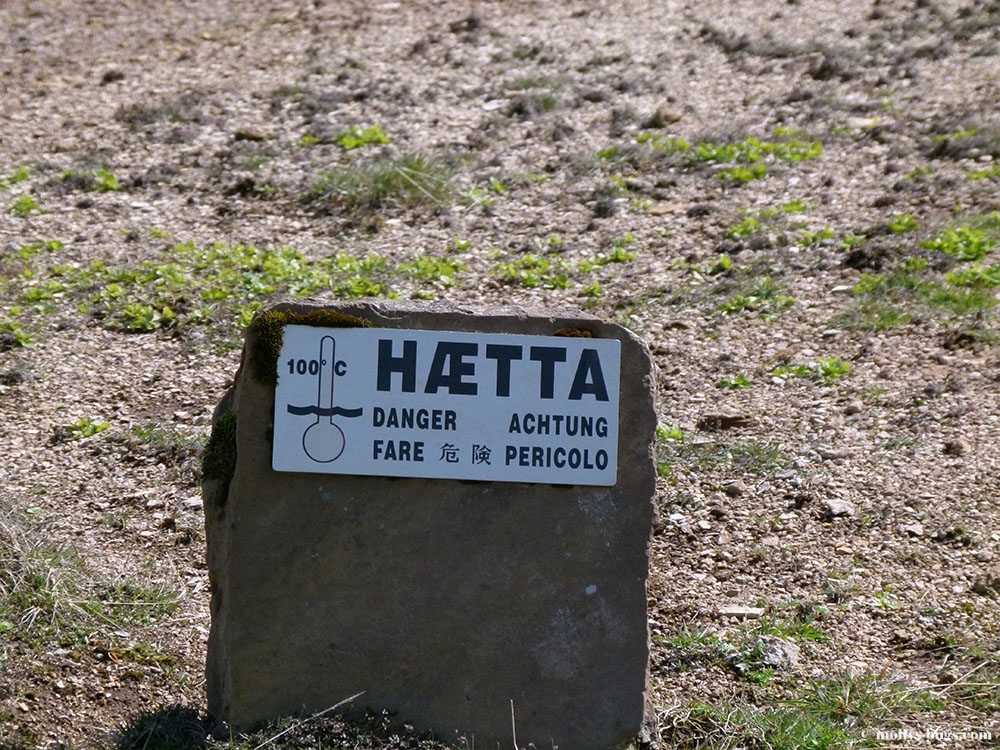
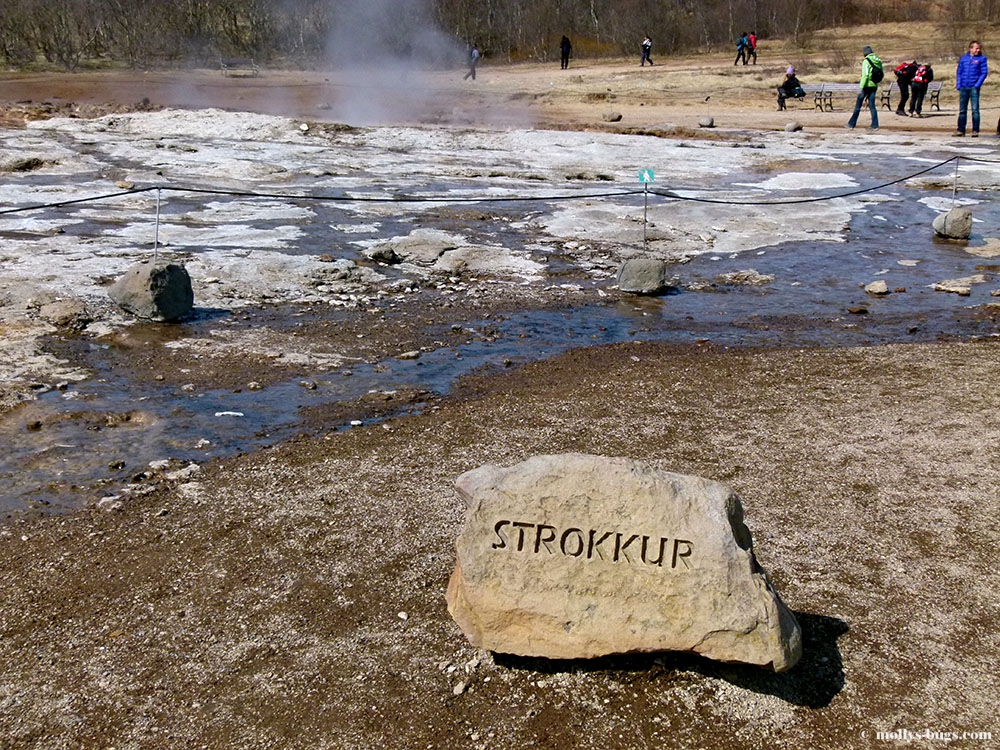
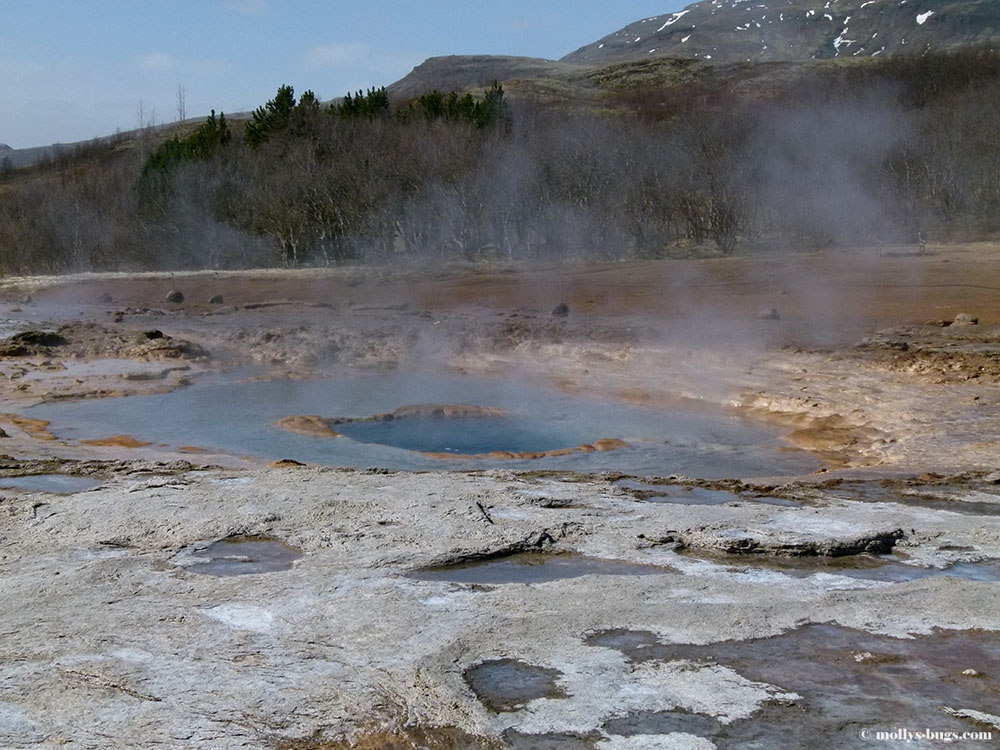
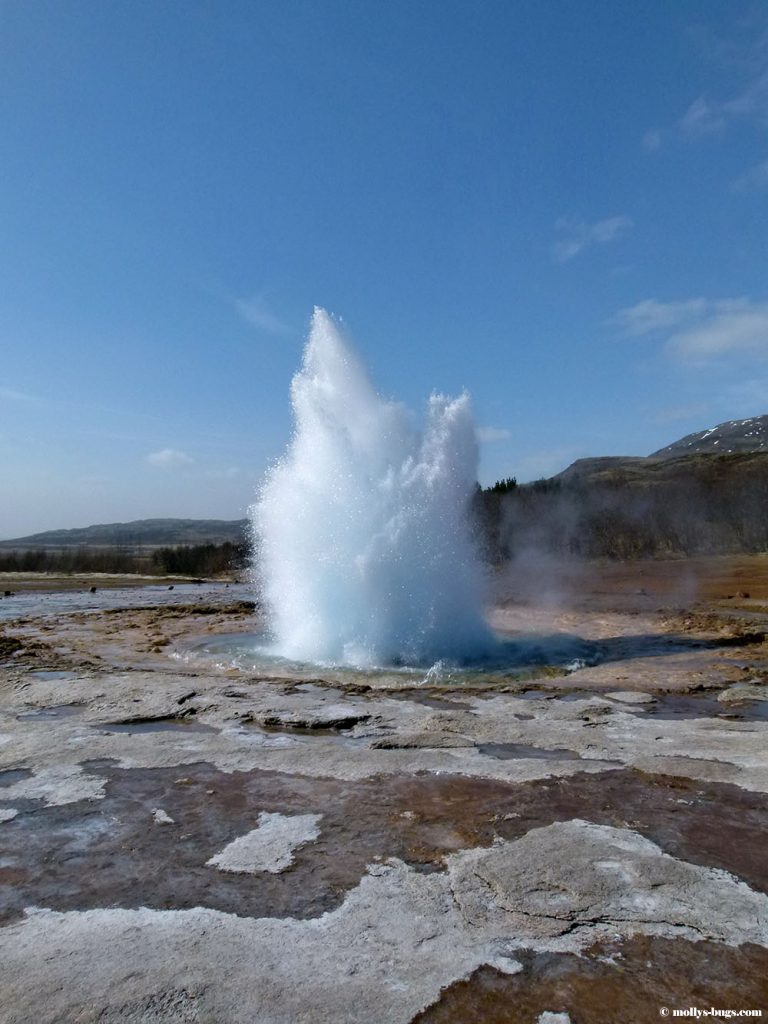
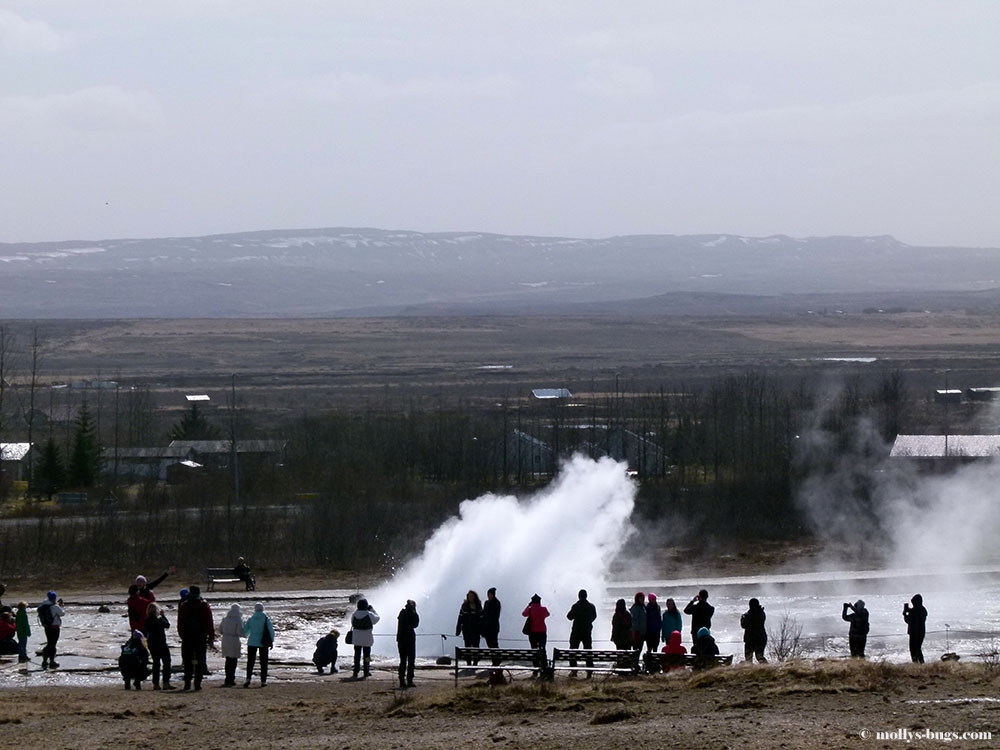
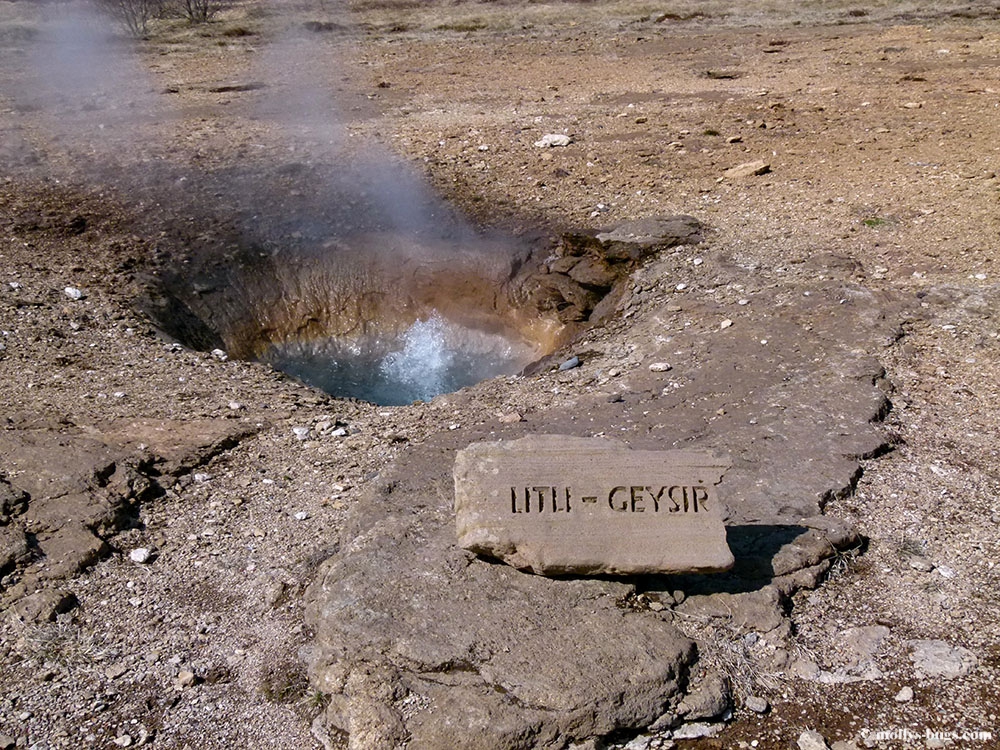
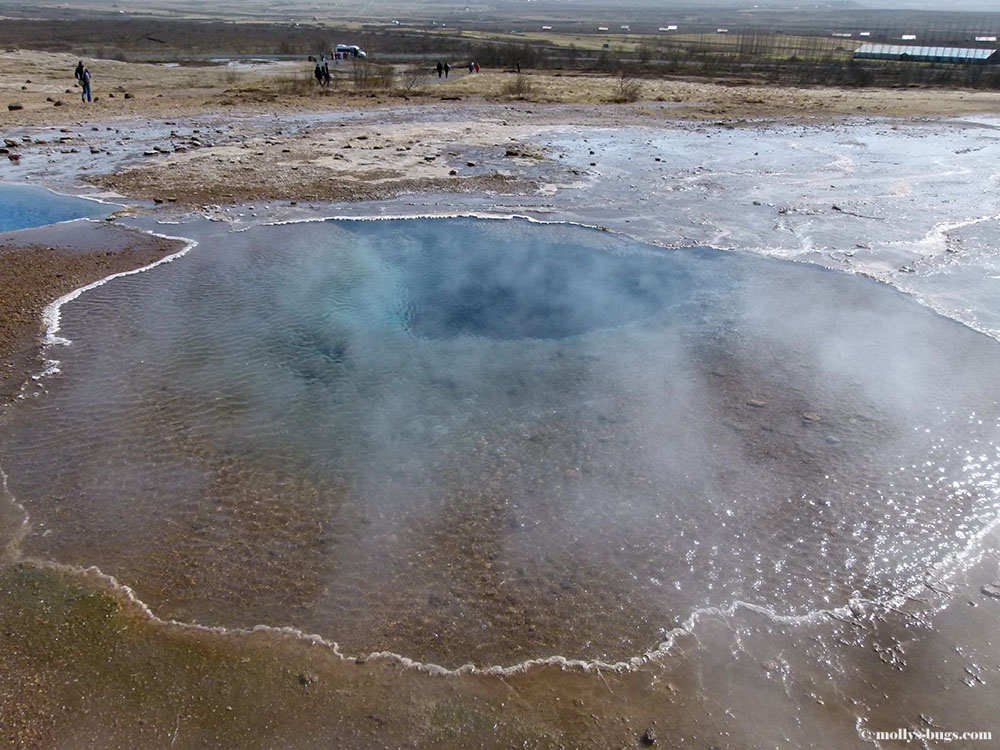
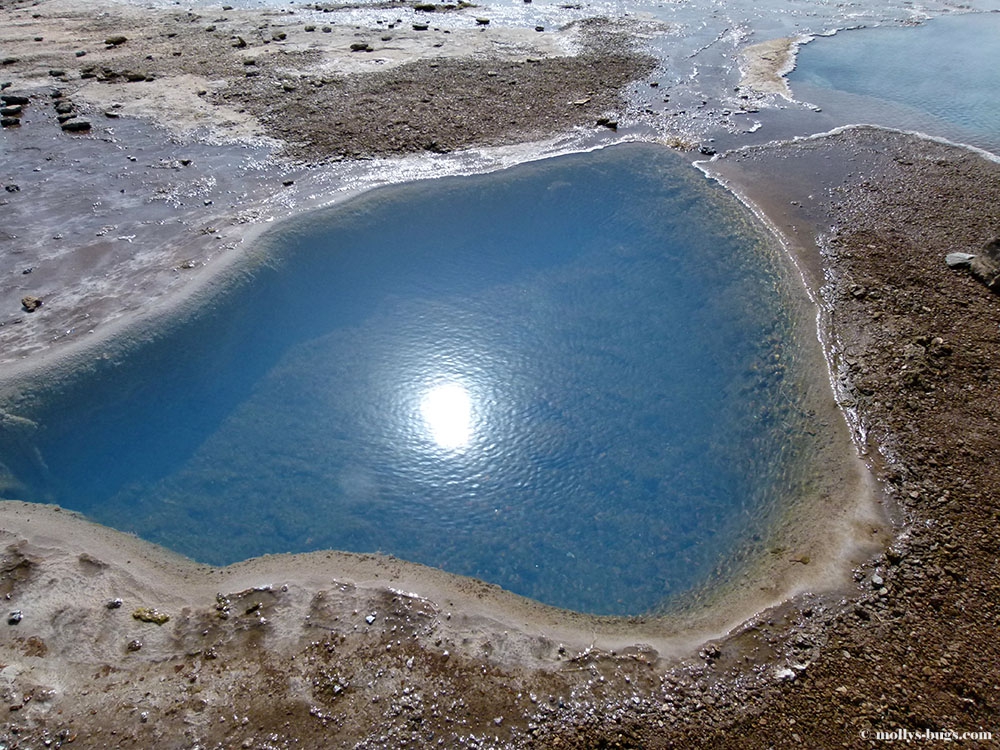
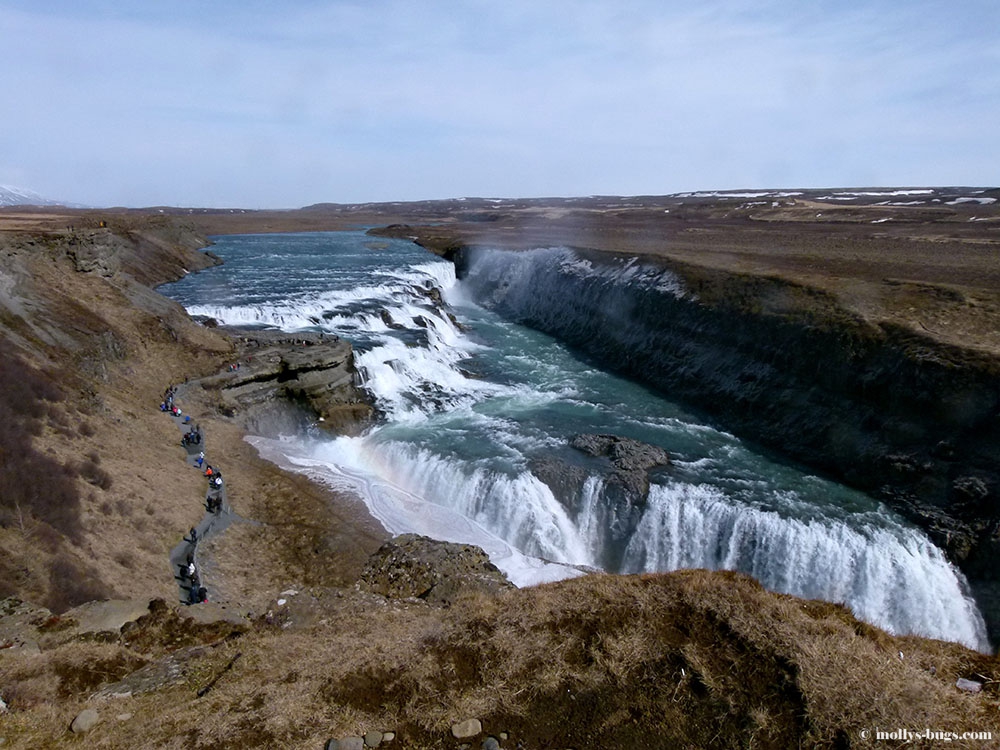
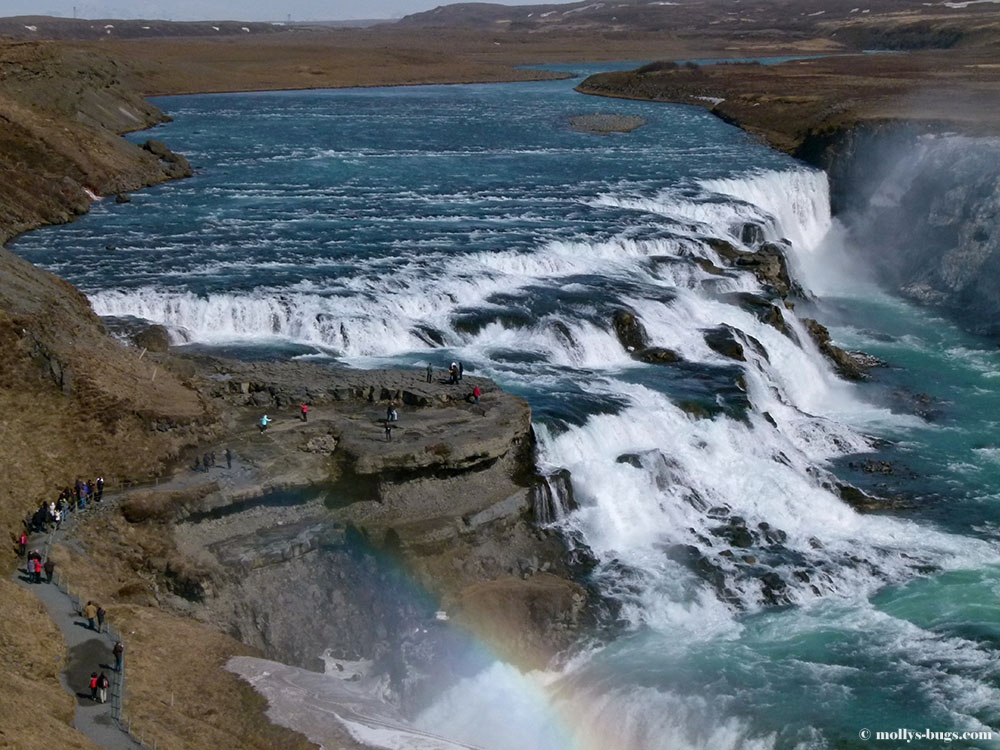
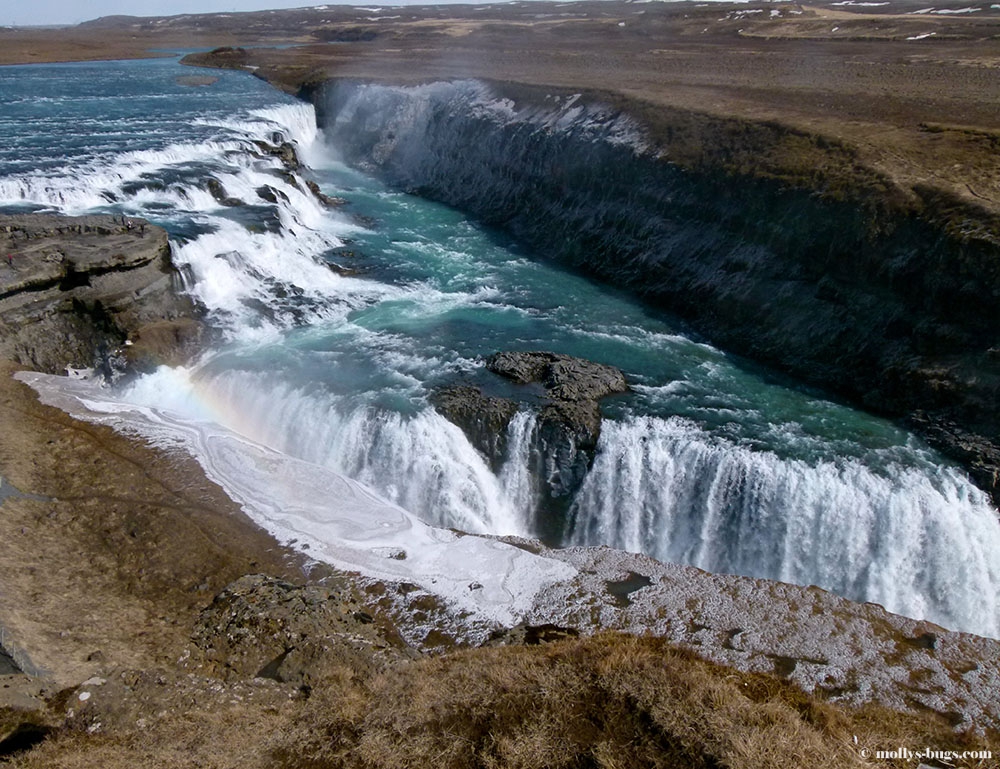
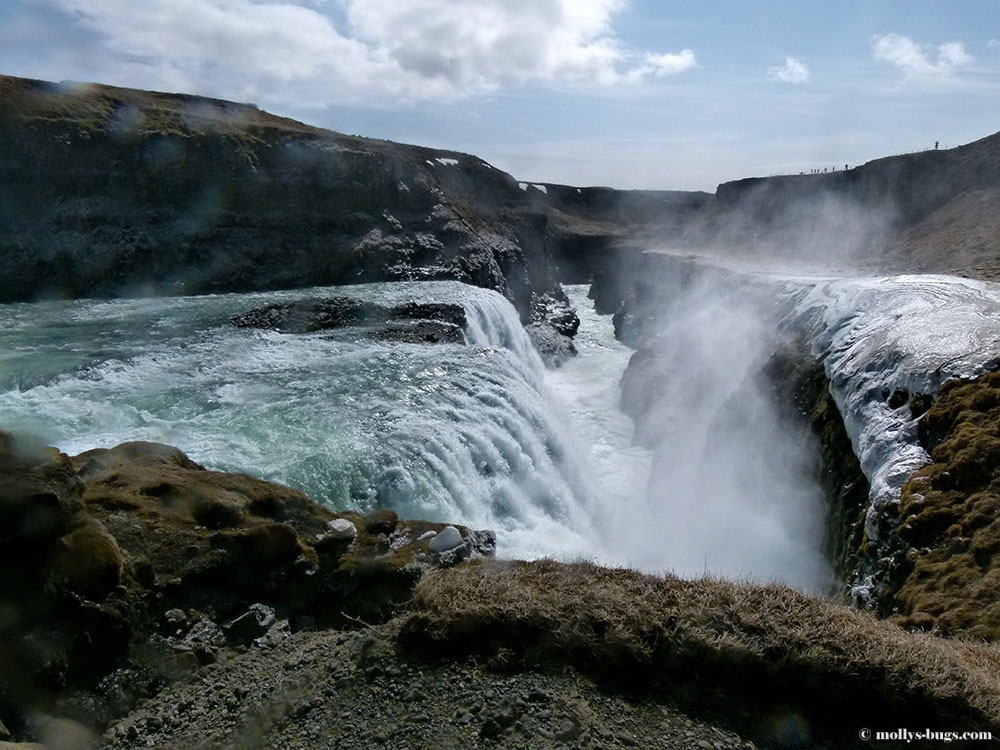
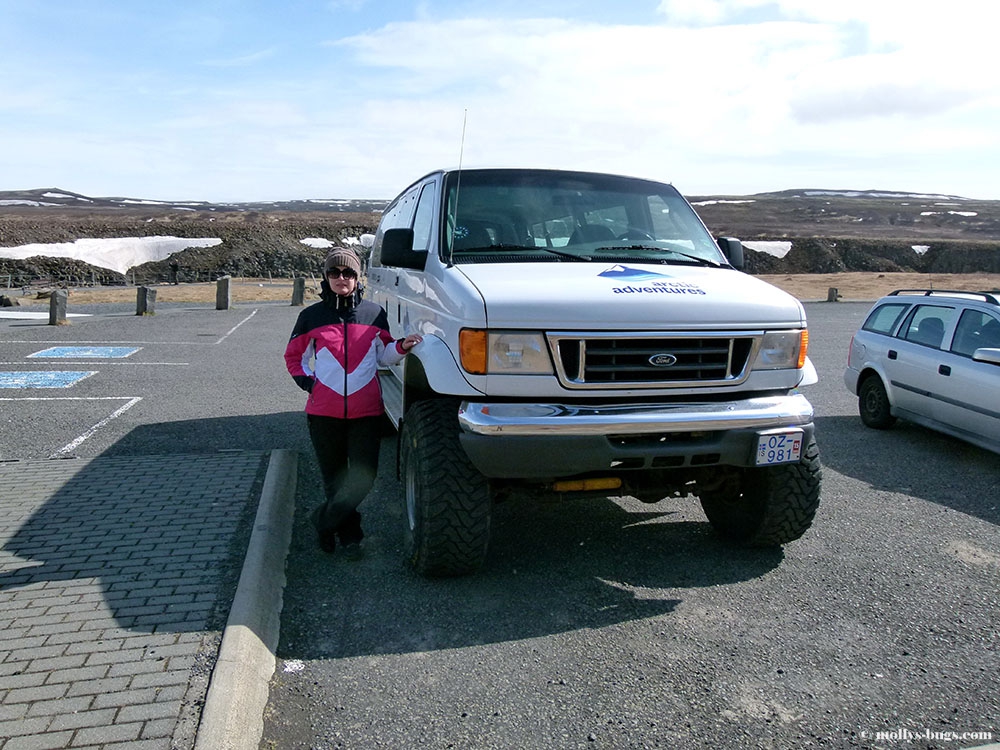






Leave a Reply